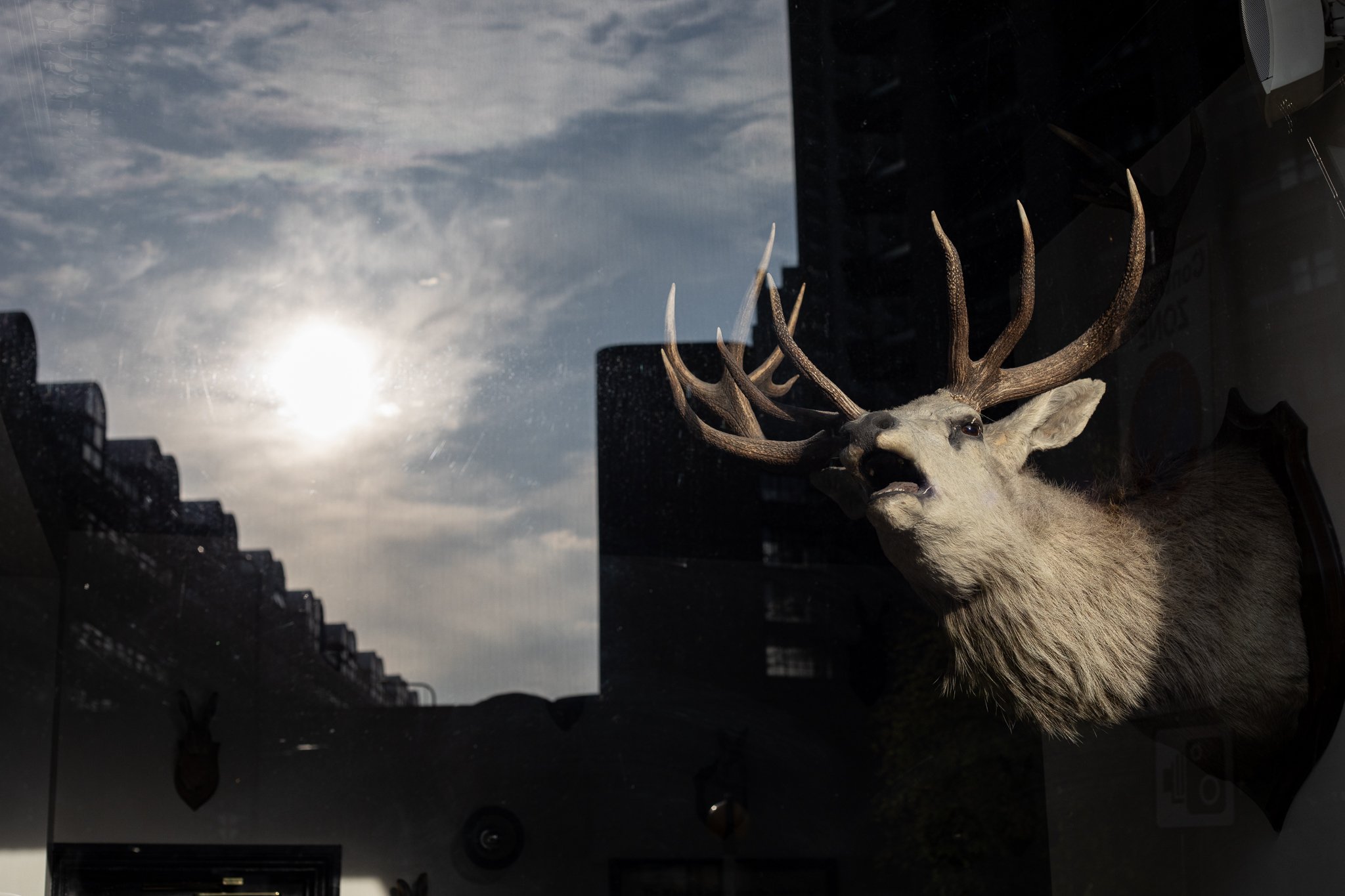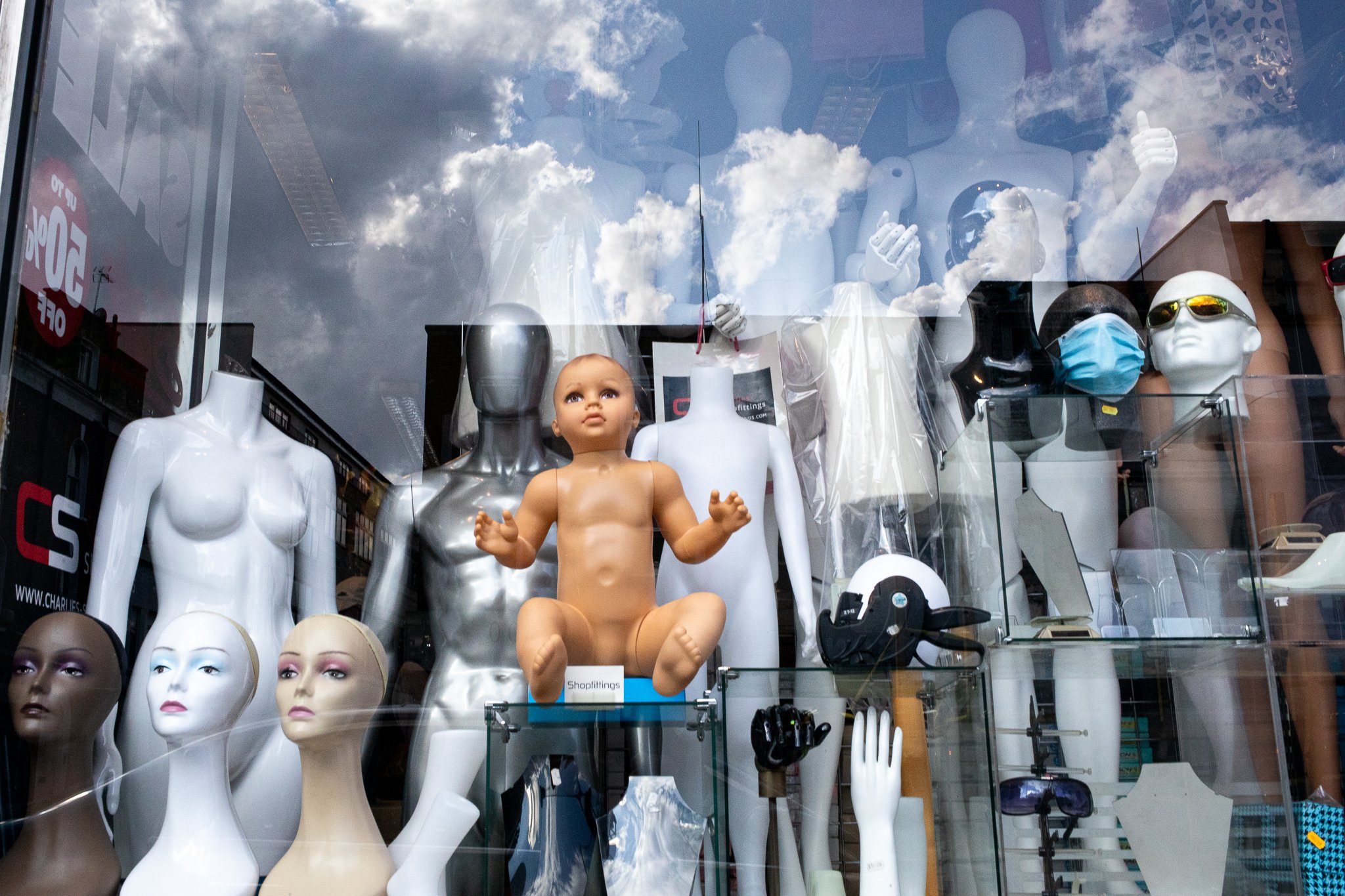Back to Normal documents everyday life across London during the first year of the Covid-19 pandemic — from Peckham to Finsbury Park, from Leyton to Shepherd’s Bush. The project was supported by Arts Council England and published as a photo-book of fifty images, with 500 copies donated to libraries across the UK.
Together, the photographs form a record of a city adapting to uncertainty, revealing moments of resilience, quietness and connection amid global disruption. Back to Normal has since been acquired by the City of London’s London Archive, becoming part of the city’s collective memory of this extraordinary period.
To purchase a copy, click here

























